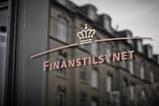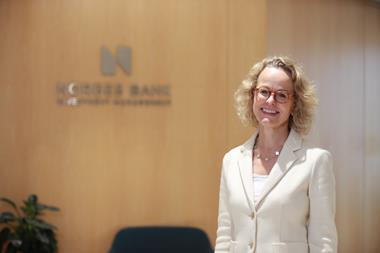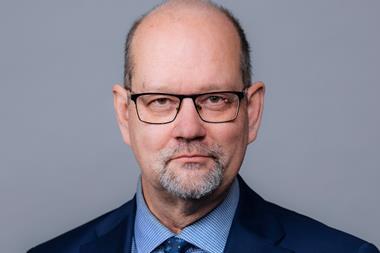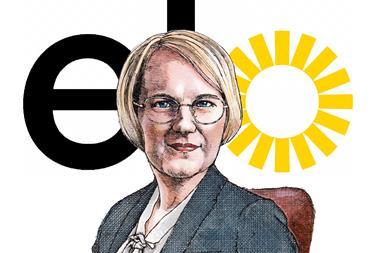Keva, Ilmarinen and Varma, the largest pension investors in Finland, have posted similar returns for the first six months of the year, of 5.3%, 4.9% and 5.9%, respectively, but all warned of gloomy factors that could rein in financial markets in the next few months.
Jaakko Kiander, chief executive officer of municipal pension provider Keva, said the markets, in the US in particular, had been stable and upbeat in the first half of 2024.
“The end of the year already looks considerably more restless,” he said.
The three institutions have extended their first quarter returns reported at 3.7%, 3.1% and 3.6%, although the figures reported this week reveal that the pace of their gains from investments slowed in the second quarter.
Keva, Finland’s biggest pension fund, said the market value of its total investments hit €68.5bn by the end of June. End-June total assets figures for Ilmarinen and Varma – mutual pension insurance companies which compete on the private-sector side of Finland’s earnings-related pension system – were reported at €61.1bn and €62.1bn, respectively.
The interim reports, released today by Varma and yesterday by Keva and Ilmarinen, all showed listed equities as having produced the highest percentage returns.
Ilmarinen’s listed equities portfolio showed the highest return at 11.4%, while Varma and Keva reported listed equities returns of 11.2% and 8.8%, respectively.
Fixed income, meanwhile, returned 1.6% for Varma, 1.2% for Keva and 1.4% for Ilmarinen.
Both private-sector pension providers suffered losses on their real estate investments between January and June, with negative returns for the asset class (-2.4% in Varma’s case and -0.6% for Ilmarinen). Keva, however, produced a slim positive return for property of 0.4%.
Hedge funds delivered a 7.3% first-half return for Keva, and a 6.1% gain for Varma, with Ilmarinen reporting a 4.7% return for the investment category.

Varma’s chief investment officer Markus Aho said it had mostly been US technology companies that had been behind the growth in earnings and share prices in the first half of this year.
But he warned: “The momentum from tech companies will, however, wane at some point, and interest rates are now falling in the US.”
Over the summer, he said, markets had become more nervous about the sustainability of growth driven by only a handful of industries.
“Significant drops in interest rates will not necessarily be seen rapidly unless the cooling of the labour market turns into a clear increase in unemployment,” Aho said.
At Ilmarinen, CIO Mikko Mursula said there had been exceptionally large movements in the market in the last couple of weeks.
“Fear of a recession has increased and expectations of a fall in key interest rates have been revised higher,” he said, adding that geopolitical tensions and the potential escalation of armed conflicts were adding to market turmoil.
“Together with falling consumer confidence, [they] are casting a shadow over the growth outlook for the global economy,” Mursula said.
However, the consensus still expected the global economy to grow by more than 3% this year, he said, adding that the Finnish economy was expected to get back on track towards the end of the year.
Read the digital edition of IPE’s latest magazine




































No comments yet